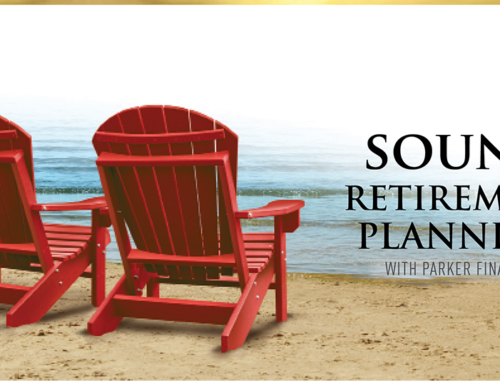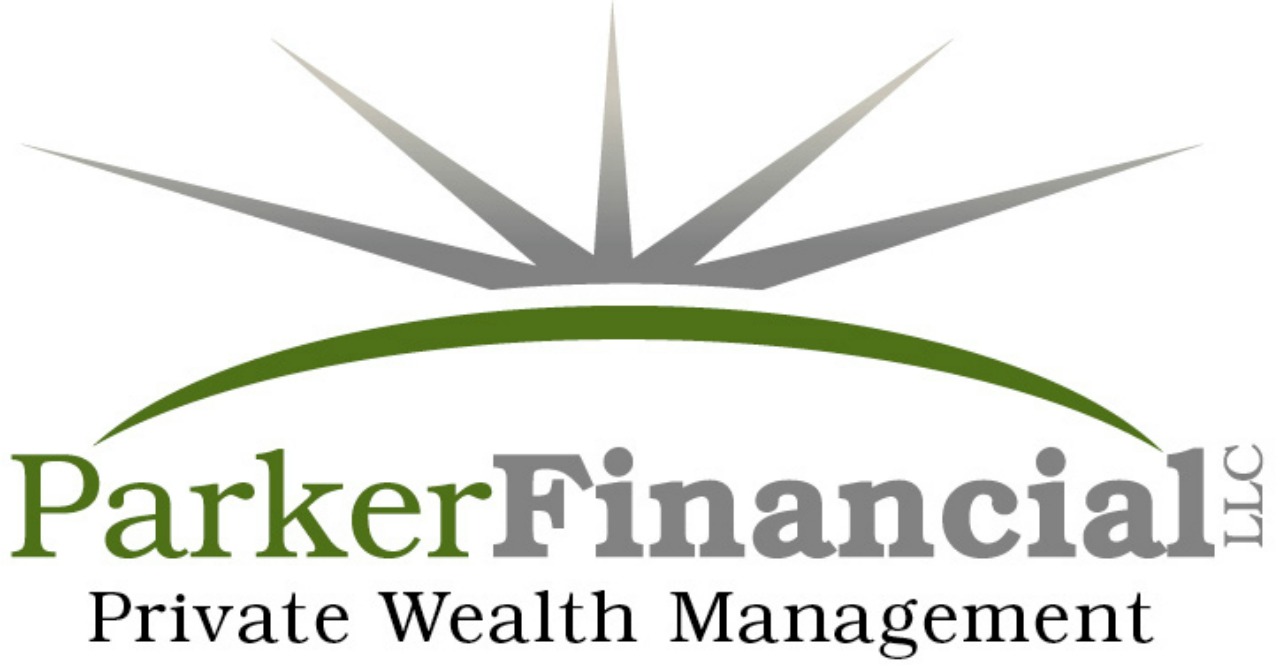Peer-to-Peer lending is a simple idea. There are people who want to borrow money, and there are people who have money to lend (investors). Today there are websites that bring borrowers and investors together cutting out the bank as the middle man of the transaction. This efficiency has helped borrowers pay less interest and has helped investors earn attractive risk-adjusted returns. Lending Club and Prosper are two of the top companies in this space.
Lending Club was one of the first in the peer-to-peer lending landscape, and they are one of the largest in their category. They started in 2007 and have issued over 22 billion dollars in loans. As of September 30, 2016, Lending Club reported that over 60 percent of lending club borrowers report using their loans to refinance existing loans or pay off their credit cards. Lending Club now offers personal loans for up to $40,000. They also offer auto refinancing, and business borrowers can enjoy credit lines as high as $300,000.What makes Lending Club interesting from an investor and risk standpoint is that Lending Club has a proprietary process for evaluating borrowers credit worthiness and only allows the highest quality requests through their screening process. As an investor, you can invest in notes that represent small fractions of loans, which helps you diversify your investment and spread out investment risk. So if a borrower wants to borrow $10,000 within the Lending Club platform, then as an investor you might contribute as little as $25 toward the loan amount requested. Lending Club’s website states that as of September 30, 2016 their notes have historical annual returns between 5-7 percent. They also tout low volatility and monthly cash flow as some of the advantages of being an investor.Peer-to-Peer lending is creating a new credit market place, and it is not just for personal loans. A few companies have started offering mortgages, and I am currently in the process of evaluating a company that is lending money for people who are purchasing a home. A few of their stated advantages are down payments as low as 10 percent, no private mortgage insurance requirement, no lender fees, application fees or origination fees and painless pre-qualification as well as fast financing. These types of mortgages are not yet available in all states, but if you would like to learn more as I do my research on this type of mortgage please visit www.SoundRetirementPlanning.com/new.
Abridged version published in March/April West Sound Home & Garden.






